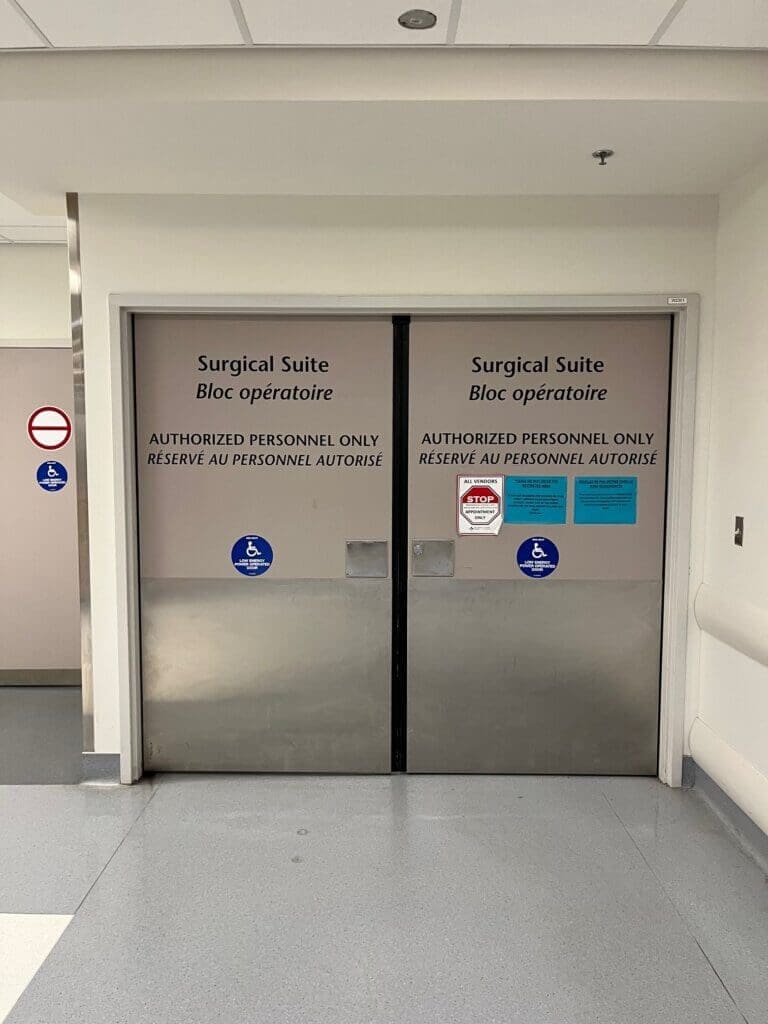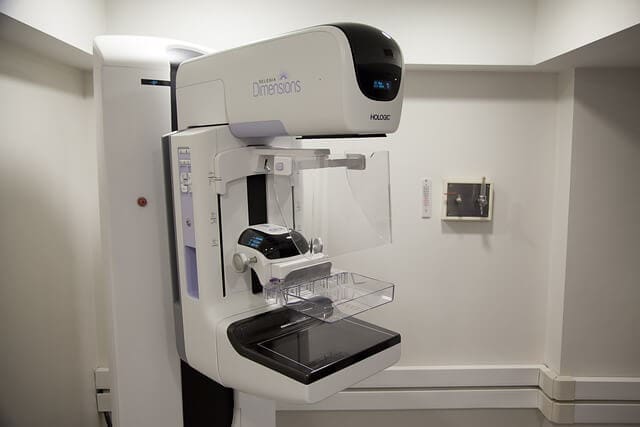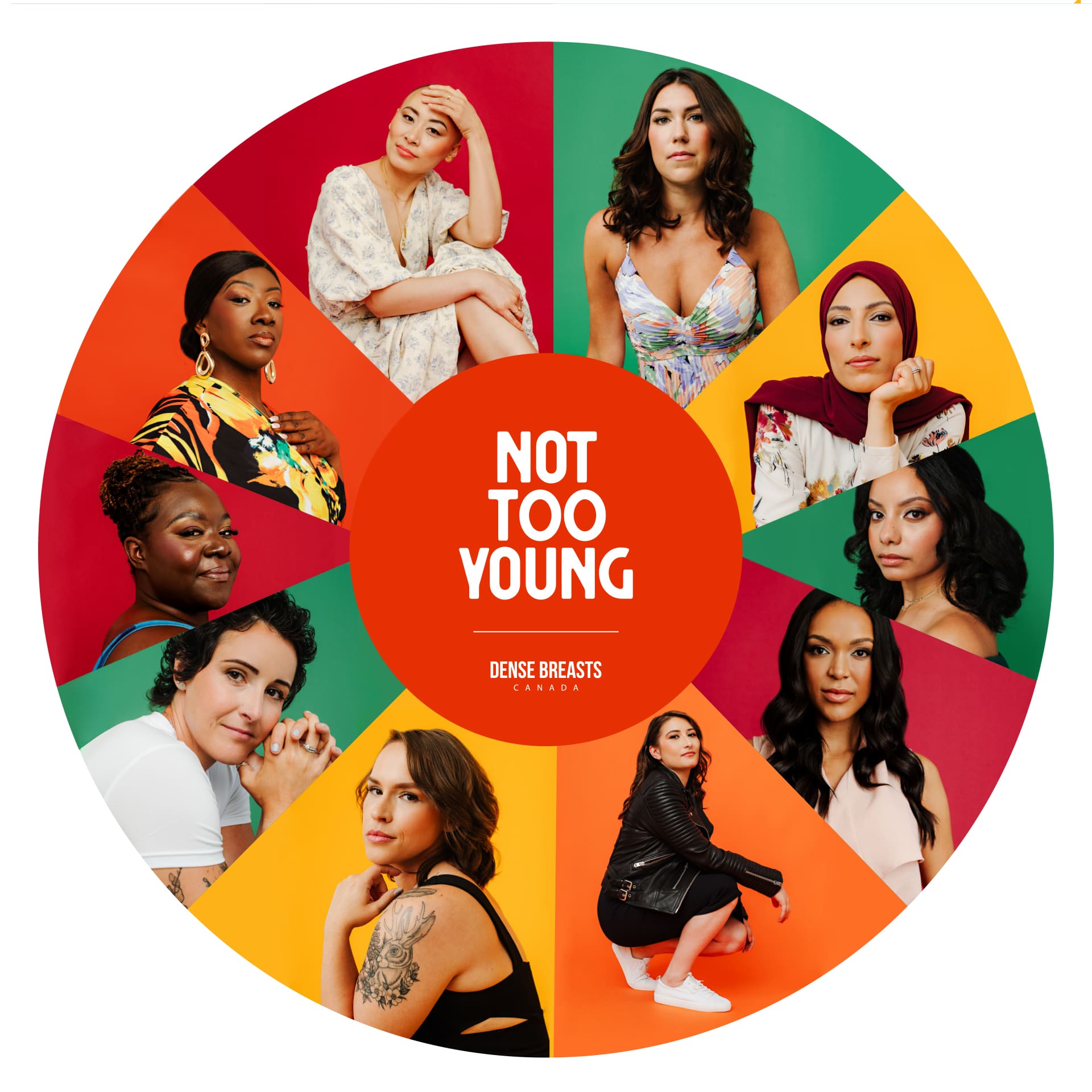A guest post by Victoria McGlone
One of the first things that crossed my mind as soon as I heard the dreaded four words “you have breast cancer” at the age of 37 was “I want a double mastectomy and I want these breasts removed from my body immediately.” It’s interesting how different women in the cancer world feel very differently about their breasts at the time of diagnosis. For me, I wanted them gone the second I knew that one of them was trying to kill me. I had never heard of the term DIEP Flap, but I was soon to learn all about it.
As it happened, I wasn’t a candidate for a lumpectomy. I could only feel my primary tumour at the time of my diagnosis (a 3cm large-sized lump sitting in my right breast), but upon further imaging from an MRI, it was confirmed there were four other smaller tumours sitting in each quadrant of my breast. That ruled out the possibility of a lumpectomy. When I learned that a single mastectomy was required, my first question for my surgeon was “can you take the other one as well?”
Reconstruction Options Explored
Now onto the next part of the equation – reconstruction. At the same appointment when we agreed that I would have a double mastectomy, the next sentence was “let’s discuss reconstruction options.” Initially I had thought I would remain flat. As a fan of oversized, baggy clothes since I gave birth to my children, I hadn’t really thought about reconstruction as a priority. I mentioned to my surgeon that I was happy to stay flat and she seemed surprised. She proceeded to explain to me that due to my age, she feared I may regret that decision down the line. She highly encouraged me to consider reconstruction. In hindsight, one year later, I am so glad she did! She then explained that there were two options… implants or natural tissue reconstruction using fat from my stomach. I had never even heard of this but I was intrigued. For me, the idea of implants didn’t sit too well. I think they can look great on younger women who have slimmer bodies than me, however for my shape and frame, I was worried they were going to look too “fake.” I also wasn’t keen on the idea of replacing implants every 15-20 years, or having them potentially being rejected by my body. I asked more questions about the natural tissue option, and that was the first time I heard the term DIEP flap. My surgeon explained that “if I was a candidate and had enough spare tissue on my stomach” (spoiler, I have birthed two children and my stomach was far from flat which would certainly make me a candidate), then this is a highly specialized, microscopic surgery, where they harvest living tissue from my stomach and essentially sew it up into my breast area. My first question was “will my stomach look flatter afterwards?” and my surgeon gently smiled and said, “Many women say the results feel like a mini tummy tuck.” With that I was sold!
Healing from DIEP Flap
I won’t lie, the Diep flap surgery itself was big. It was complex, long and very hard on my body. Whilst I made light of the situation and was secretly excited for my new body, it was explained to me that the recovery from a Diep flap procedure would take months, not weeks, and the toll it would take on my body would be extreme. My surgeon tried to prepare me for it, but in reality, I don’t think I was fully prepared. The scar on my abdomen after surgery was 20 inches long and very sore. Not to mention I had both breasts reconstructed at the same time with scars and stitches. It felt like I had been hit by a bus! I was in hospital for five days after the procedure to ensure that the tissue they harvested (also known as the flap), had blood flow and had settled in its new location. The pain was strong. I was unable to sleep in my bed for several weeks and found that an armchair was the most comfortable. I had four drains that stayed in for a week after the procedure. They made it difficult to shower and get dressed. I tried not to complain, but secretly I asked myself “What have I done?” many times.

I also suffered from necrosis of my breast tissue. That was tough to handle as it occurred a couple of weeks into my recovery. Up to that point, I felt I was making good progress. Essentially the new tissue that they sewed up into my breasts had started to come apart at the incision. It meant I needed daily wound care for several weeks. Although the procedure didn’t hurt much (I didn’t have much feeling in my new breasts at the time, thankfully) the mental aspect of knowing my recovery had stalled and that I needed daily medical care again took its toll on me. I began thinking implants may have been the better option.
All that to say….four months after surgery, my new breasts finally felt comfortable (and natural). My stomach is flatter than it ever was before I had children, and my new fake belly button makes me smile every time I look at it. When people ask whether I would recommend the DIEP flap procedure, I always say… “put it this way, it is not for the faint of heart. I am delighted I did it but I would never do it again!” I also got a laugh out of looking in the mirror for the first time at the work of my plastic surgeon and realizing the old tattoo on my hip (a wise decision from my 19-year-old self) had disappeared. I guess it was on the part he removed from my stomach and overnight, it’s gone!
I had to chuckle when I then looked at my breast area to see if it had been sewn up there… thankfully it hadn’t.

Victoria McGlone is a sales leader and growth consultant, CEO and Founder of Three Cliffs, a Forty Under 40 Recipient, Author of the Children’s Book The Good Cancer, and a Breast Cancer Survivor.




